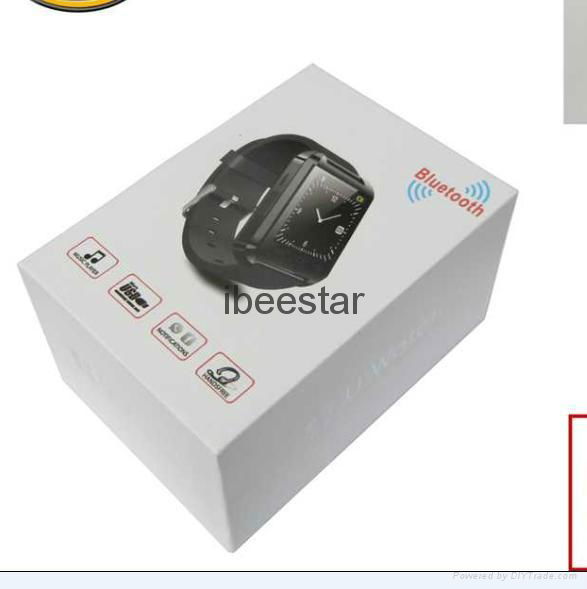
Translation: There’s only about a 50-percent chance your data is accurate. But “in terms of tracking light, deep, and REM sleep, basically all of the devices performed at only a medium level of accuracy,” says Chinoy. Most new wearables also track the sleep stages you cycle through throughout the night. They also tended to perform worse on nights with poorer or disrupted sleep, meaning your data in the morning may say you had a good night’s sleep, even if you were tossing and turning throughout, says Chinoy. The study authors hypothesized that Garmins’ relatively higher threshold for wake and lower threshold for sleep is what resulted in their poor performance. In general, the devices tended to overestimate sleep and underestimate wake.
#Best wrist sleep monitor series#
The Apple Watch Series 3 and Garmin Vivosmart 4 fell at the other end of the spectrum. From sleek and sporty to downright durable, there's a fit wristwatch here for everyone.Play icon The triangle icon that indicates to playĪdditional research published in the Nature & Science of Sleep Journal in October 2020 found that the Fitbit Ionic and the Oura Smart Ring possessed the lowest degrees of error in sleep tracking compared to an electroencephalography (EEG)-based device as well as other wrist-based trackers, including the Beddit Sleep Monitor 3.0, Fatigue Science Readiband, Polar A370, and WHOOP Strap 2.0. Many heart monitor watches have other impressive capabilities, like GPS, recovery tracking, and more.Ĭheck out one of these 12 heart-rate-monitor watches to get started. The right watch for you, of course, depends on your other individual goals or needs. “If it’s super high, that could be a sign that you need to focus more on your cardio.” “Heart rate monitors aren’t always going to be 100-percent accurate, but they can be a good estimate of where your heart rate sits, whether that’s during exercise or at rest,” says Elizabeth Barchi, MD, a sports medicine doctor at NYU Langone. (So, if you're a 30-year-old woman, your max heart rate should be roughly 190 bpm.) The CDC suggests staying within 60 to 75 percent of that number to maintain a healthy active heart rate.Īn easy way to stay in the loop with your heart? A wearable, like a heart monitor watch. Your maximum heart rate during physical activity, as prescribed by the Centers for Disease Control (CDC), is 220 minus your age. Typically speaking, a resting heart rate can range between 60 and 100 beats per minute (bpm). Both measurements can give you a better understanding of your fitness level and flag potential issues that you should discuss with a physician, like high blood pressure.

Monitoring your heart rate during exercise can be a quick indicator of how hard you’re working, and it’s important to have a steady hold on your resting heart rate (how many times your heart beats per minute when you’re just chilling) as well.
But your heart rate probably isn’t on the shortlist.

There are probably a lot of things you keep tabs on over the course of a normal day.


 0 kommentar(er)
0 kommentar(er)
